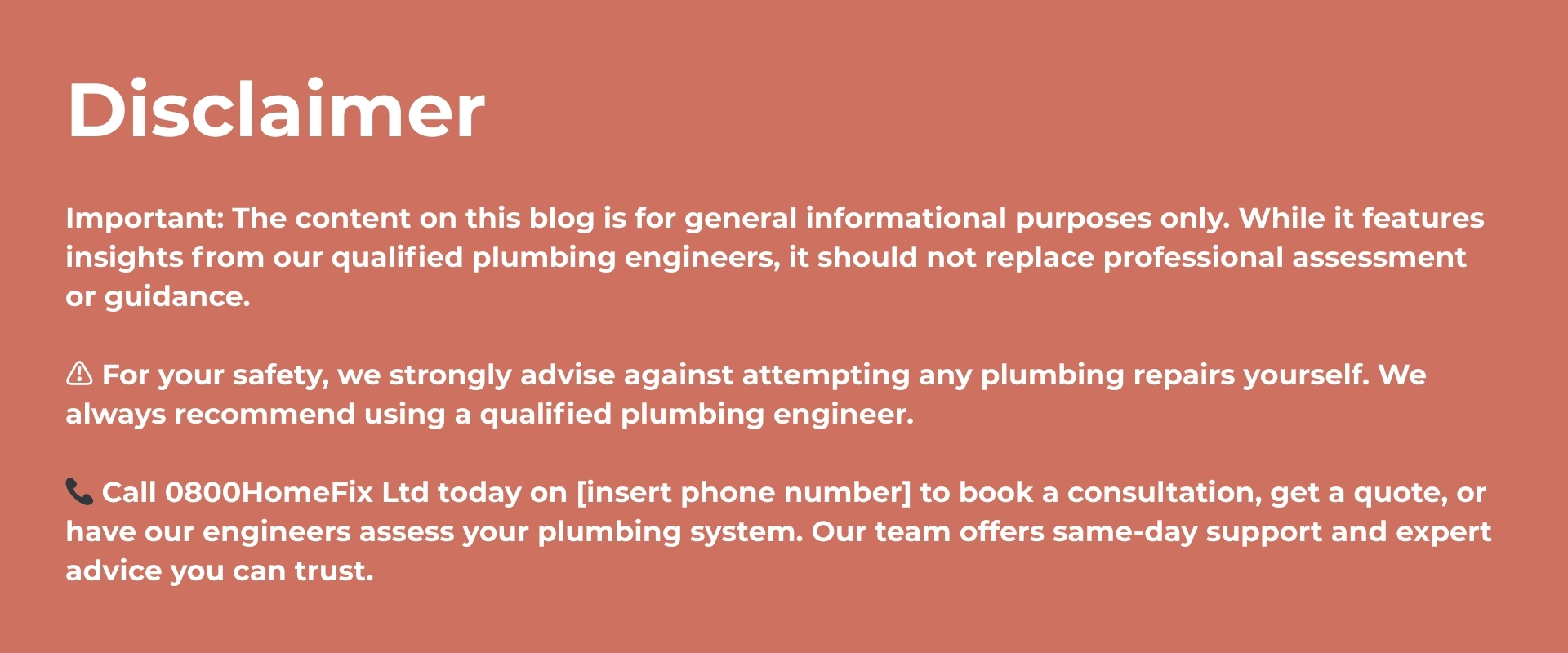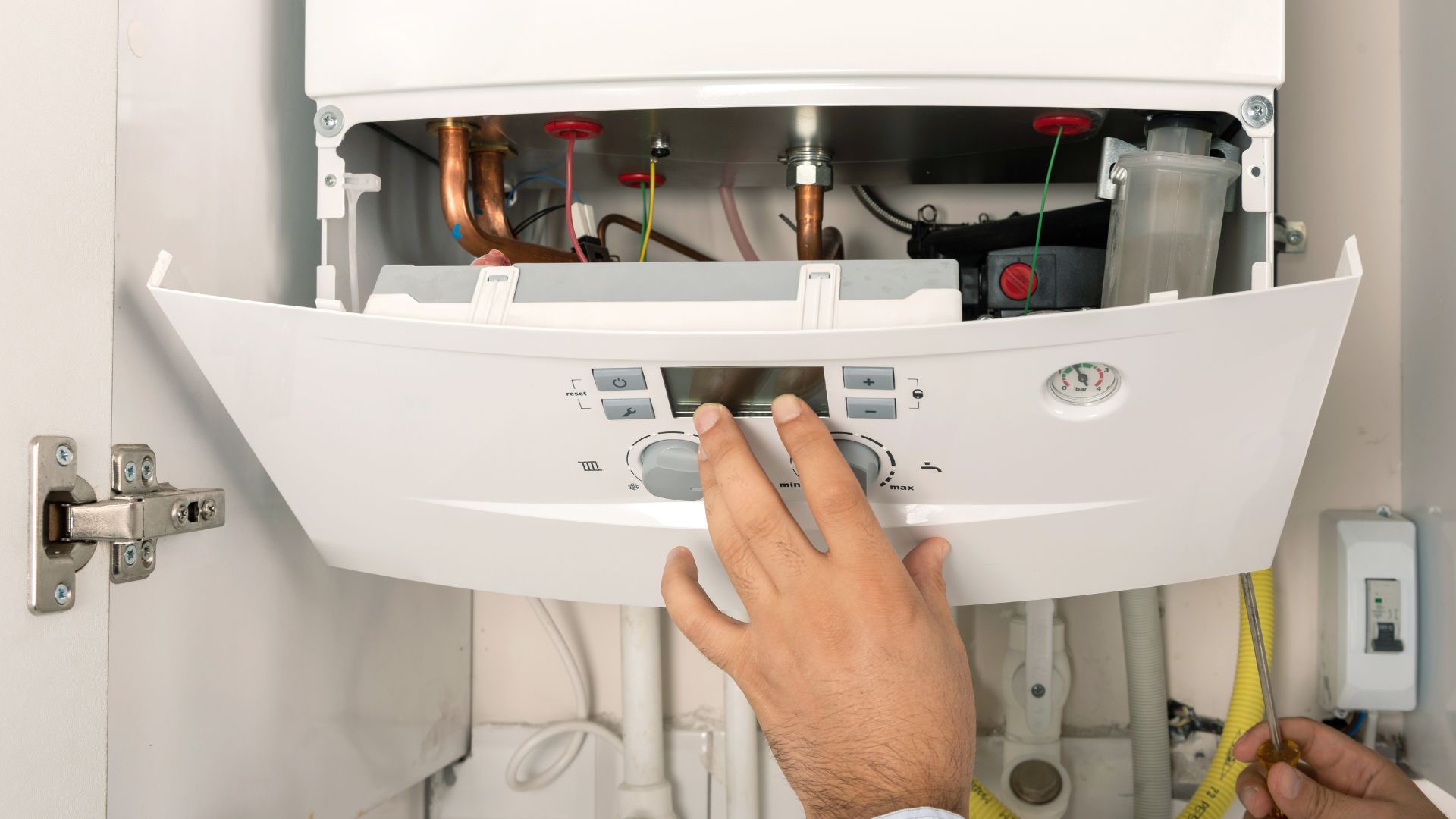

Understanding Trace and Access in a Rental Property Context
Trace and access refers to the work required to locate and expose the source of a water leak, often hidden inside walls, under floors, or within the central heating system. It may involve non-invasive methods such as thermal imaging cameras and acoustic leak detectors, or more disruptive measures such as lifting floorboards or opening up ceilings. However, it does not typically cover the cost of repairing the pipe itself-that would usually fall under a separate part of the insurance policy. Trace and access covers the costs associated with locating a leak’s source and restoring any damaged areas of a building.
This distinction is critical when dealing with buildings insurance policies, especially for landlords who are responsible for maintaining the structure and utility systems of the rental property.
Is Trace and Access Included in Landlord Insurance?
In many cases, landlord insurance policies do include trace and access cover, but it is not always a default feature. Instead, it might be offered as an optional add-on, or as part of a more comprehensive policy that includes accidental damage or emergency plumbing services. Extra cover can include additional benefits like trace and access for leaks.
It is essential for landlords to confirm with their insurance provider whether trace and access is part of their current policy. If it isn’t, adding it may be well worth the small increase in premium. Rent insurance is also a protective measure for landlords against income loss due to tenant arrears or property damage.
According to MoneySuperMarket, some insurers offer trace and access cover up to a specific financial limit (e.g., £5,000). This will typically cover the cost of locating a leaking pipe and accessing it for repair.
“Most comprehensive landlord insurance policies now offer trace and access cover as part of a wider building cover, but always check the fine print or ask your broker.” – MoneySuperMarket
When Will a Landlord Insurance Policy Cover Trace and Access?
Your landlord insurance will usually cover trace and access if:
The leak is sudden and accidental (not caused by long-term deterioration or poor maintenance)
The damage is not due to general wear and tear
The policy explicitly includes trace and access as a feature
The water leak results in visible damage to the building structure or threatens tenant safety
The tenants need alternative accommodation due to damages
Some policies also include home emergency cover, which may dispatch a qualified plumber for immediate leak detection and repair, but this varies.
To confirm coverage, always refer to the insurance policy wording and look for mentions of:
Trace and access cover
Access claim
Leaking pipe or burst pipes
Specialist equipment or leak detection
What Isn’t Covered by Most Policies
There are several key exclusions to be aware of:
Cost of repairing the leak itself, unless your policy includes pipe repairs
Gradual damage, such as slow leaks over weeks or months
Damage due to tenant negligence
Damage caused by faulty installations not up to code
Leaks from appliances like washing machines, unless you have contents insurance
Underground pipes covered: Typically, coverage includes pipes on private land for which the homeowner is responsible. Exclusions may include damage due to wear and tear or pipes under the jurisdiction of local water authorities. Review your insurance policy for detailed coverage information.
Some policies will only reimburse you after the fact-meaning you’ll need to pay upfront and then make an insurance claim. Others may require that you use an approved tradesperson.
Documentation Needed to Support Your Claim
When making a trace and access claim under your landlord insurance, you’ll likely need to provide:
A professional report from a leak detection specialist
Photographs or videos of damage
Details about how and when the leak was first noticed
A breakdown of costs related to tracing and accessing the leak
Any repair invoices from qualified professionals
The cost of finding the source of the leak, which includes expenses associated with locating the source of a leak
The more comprehensive your documentation, the easier it is for the insurance company to process your claim.
Why Landlords Should Consider Adding Trace and Access Cover
Even if it’s not part of your existing plan, adding trace and access cover to your landlord insurance is a smart move. Hidden leaks can cause structural damage, lead to mould growth, and impact your ability to rent the property if it becomes uninhabitable. Covering the costs associated with identifying and accessing the source of a leak ensures that it can be properly repaired, helping to mitigate disruption and keep costs manageable.
According to The Property Ombudsman, landlords are still held responsible for fixing structural leaks even if the tenant delays reporting the issue.
Keeping this in mind, a trace and access policy can provide an early warning system when paired with annual maintenance and regular property inspections.
How 0800 Homefix Can Help
At 0800 Homefix, we specialise in helping landlords and property managers:
Detect water leaks using state-of-the-art tools
Prepare detailed reports for insurance claims
Coordinate with insurers to streamline the claims process
Provide repair and reinstatement services after access
Utilize a specialist trace and access company to ensure proper documentation and coverage for the costs involved
Our engineers are fully certified and trained in working in occupied rental properties with minimal disruption to tenants.
Whether you’re dealing with a burst pipe, a suspected leak under concrete, or rising water bills with no visible cause, our team is ready to help.
Conclusion: Protect Your Investment with the Right Cover
So, is trace and access covered by landlord insurance? In many cases, yes-but only if it’s explicitly listed in your insurance policy. Don’t assume it’s included. Read the fine print, ask your insurance provider directly, and consider adding it if it’s not part of your current policy.
It’s important to note that home insurance cover trace can vary significantly across different policies. Always check your specific insurance terms to determine if this type of cover is included and review the policy wording when purchasing or renewing home insurance.
With the right coverage, you can avoid paying thousands out of pocket and ensure you meet your responsibilities as a landlord. For fast, effective leak detection and trace and access reporting, trust 0800 Homefix to help protect your property and your peace of mind.

